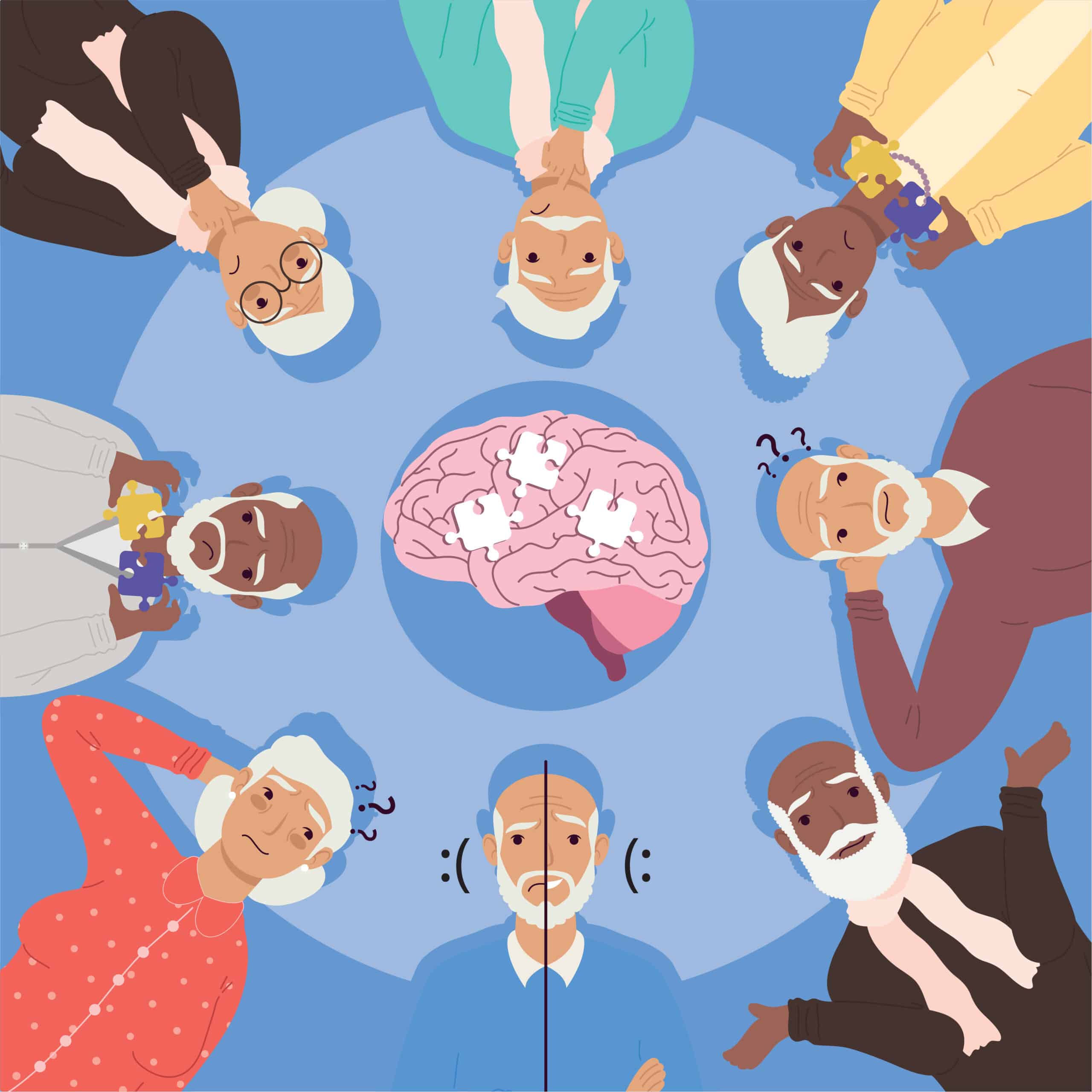When you think of NAPA your mind might conjure up tasting great wine or touring through the beautiful countryside north of San Francisco. However, the NAPA I am speaking about is the National Alzheimer’ Project Act (NAPA) a bipartisan initiative that was signed into law in January 4, 2011. NAPA had five goals:
- Prevent and effectively treat Alzheimer’s disease and related dementia by 2025
- Optimize care quality and efficiency
- Expand supports for people with Alzheimer’s disease and their families.
- Enhance public awareness and engagement.
- Track progress and drive improvement.
I will focus this post on the first goal, effectively treating Alzheimer’s disease and related dementia by 2025. At the time, this was the equivalent of the moon landing. While symptomatic therapies were available, there were no disease modifying agents, i.e., treatment to actually slow the progression of Alzheimer’s disease. Even over the past decade, there have been well over 200 investigational programs for such therapies that have failed.
I attended in-person a full-day NAPA meeting at the Department of Health Human Services on May 8th in Washington, DC to track the progress. Speakers and panelists represented a range of stakeholders and interests; University Research Centers such as Mayo Clinic, UCLA, Mass General, the Food and Drug Administration (FDA), Centers for Medicare and Medicaid Services (CMS), Department of Veteran Affairs (VA), Indian Health Service, advocacy groups like Alzheimer’s Association, and industry players such as, Eisai and Biogen, were present. Clearly, these members represent a high-powered task force working to achieve those key goals.
Industry was well ahead of the 2025 deadline by delivering effective treatments. The first was aducanumab, developed by a cooperation between Eisai and Biogen and approved by the FDA using the accelerated approval pathway. This was followed by Eisai’s lecanemab which was approved using the same pathway in early 2023. This resulted in the first two disease modifying therapies available for patient use. Eli Lilly announced on 5/03/2023 that donanemab significantly slowed cognitive and functional decline in people with early symptomatic Alzheimer’s disease by 35%. As of this writing, donanemab in not yet FDA approved but demonstrates strong promise.
Now the therapies are available for use, though somewhat limited. However, even in this situation, access remains a major hurdle. In order to effectively treat Alzheimer’s disease, patients need to be able to be administered these new drugs. They are designed to be used in the earliest stage in the disease progression which is mild-cognitive impairment (MCI). Thus, the therapeutic window is relatively narrow. Delayed access to treatment condemns patients to quicker cognitive decline. At the NAPA meeting, a patient brought this fact home because, as a member of the task force, he noted that he was suffering from MCI. He posited that CMS does not currently pay for the drugs because of a laundry list of restrictions. This then trickles down to the practices of private insurers. By the time he receives access, his dementia will have progressed beyond the window of effectiveness for these therapies. Clearly, there needs to be a call to action.
Such limitations are also evident at the Veterans Administration (VA) through restrictive and complicated protocols. The representatives who spoke for the VA appeared almost proud of the figurative hoops a patient must jump through in order to qualify for treatment. These include availability of a particular imaging and physician qualifications among others. It is designed to be a maze with no exits. In reality, few if any patients are being treated at the VA. The first generation of disease modifying therapies are available, yet few can benefit.
A representative for Eisai confirmed that very few patients with Alzheimer’s disease are receiving Eisai’s therapies. Access is the last hurdle and I am concerned that it is taking far longer than need be. The industry responded; patients need early treatment. Government and then payers need to respond.
David Fishman is President of Snowfish.
Snowfish has supported over 40 life science companies and worked on multiple CNS projects over the years. Please feel free to reach out to learn more about how we can assist you at info@snowfish.net
- Market Access: The Latest Hurdle for Treating Alzheimer’s and Dementia - June 14, 2023
- Rare Disease Outreach a Missed Opportunity - November 7, 2022
- So You Read Our Previous Post on Biomarkers? - August 1, 2022




